As a regular user of public transport in Bengaluru, I would like to share my experiences and offer some suggestions for improving the same. My observations will not be restricted to only vehicles and movement.
Before that, let me explain what I understand to be public transportation: It is a combination of two or more of these: walking plus road transport (bus, cab, auto, bicycle…) and metro (or train) plus the reverse. All this involves a host of issues and challenges.
Let me emphasise at the outset that I will not attempt to balance my observations with “good things” that I see because focusing only on the things that are ‘bad’ can provide reference points to initiate changes/improvements.
My experiences:
I am lucky to have a bus stop just opposite my apartment complex (in Yelahanka) from where I board buses – though I would have preferred having a metro station next door. But the nearest metro is about 10-12 kilometres away. If I get the Volvo buses both ways, it will be a good day for me. And if I don’t have to change buses to reach my destination, it is just lovely.
Generally, these Volvo buses are air-conditioned and less crowded than the ordinary buses, though a tad more expensive. It is a slightly different story if I get an ordinary or a rickety old bus or if I have to change buses. When I talk about changing buses, I mean changing to any other form of public transport, including my two legs.
By car, it takes me about 40 minutes to over an hour to reach, say, Decathlon on Brigade Road, depending on the time of the day. If I take public transport, I prefer a bus to Majestic (about 1 hour) plus Metro to MG Road (about 15 minutes). This takes a bit more time but without the stress associated with driving. I miss staying at Platinum City, which was just a five minute walk to Peenya Metro station. I could plan my exact travel time when I could use the metro followed by a walk of up to 3 kilometres. Those days, shared cabs were a good alternative to destinations beyond 3 kilometres – say 4 to 10 kilometres from the metro at the other end.
The major disadvantage in using public transport is that not only does it take more time but there is uncertainty as well, especially during peak hours.
I feel that conveying the extent of deterioration in the quality of life in Bengaluru (in which ease of commute is an important parameter) is impossible because for a person who has been residing in Bengaluru for say just the last five years, the deterioration, if felt, is marginal. Mere data doesn’t help him understand this. Now, I will turn to various modes of public transport.
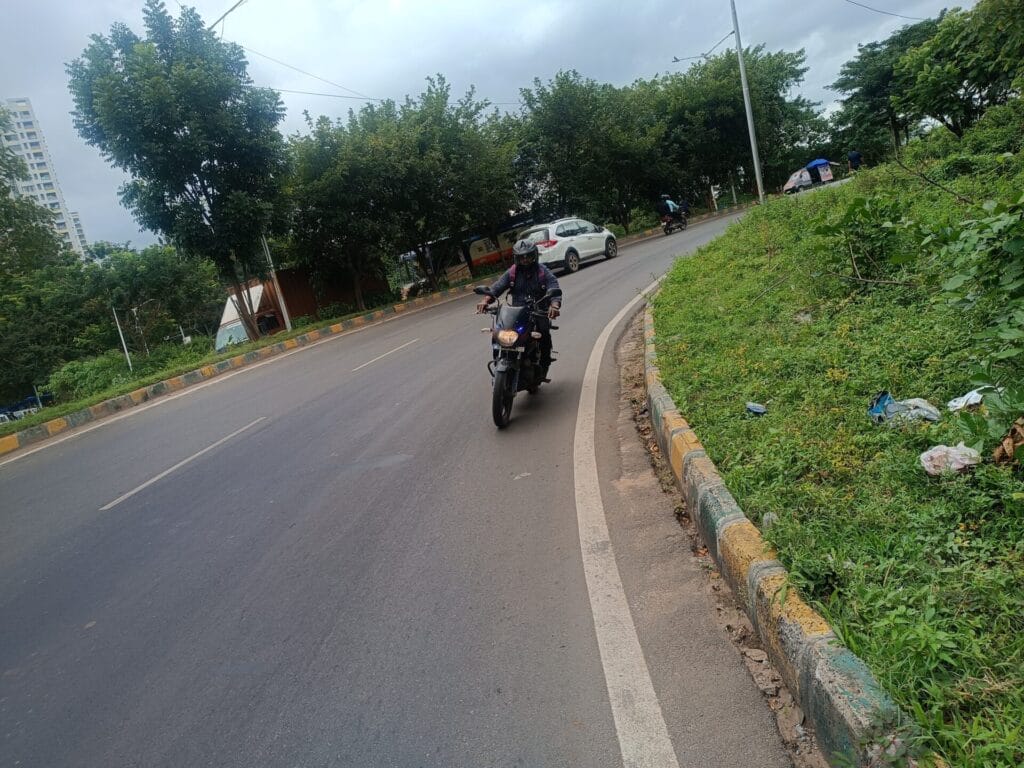
Read more: Hop on board with public transport
Road vs footpath
I prefer walking the last mile (even 3-4 kilometres) to my destination instead of waiting for a connection. Bengaluru is blessed with a good climate even today for most part of the year. But walking is a challenge.

Pavements present the worst nightmare – where they exist. They are often totally absent (despite exhortations by courts) or are peppered with traps. In some places where they exist they may be just two feet wide, up to two feet high and in many stretches require you to walk sideways or wish you were carrying a ladder ;).
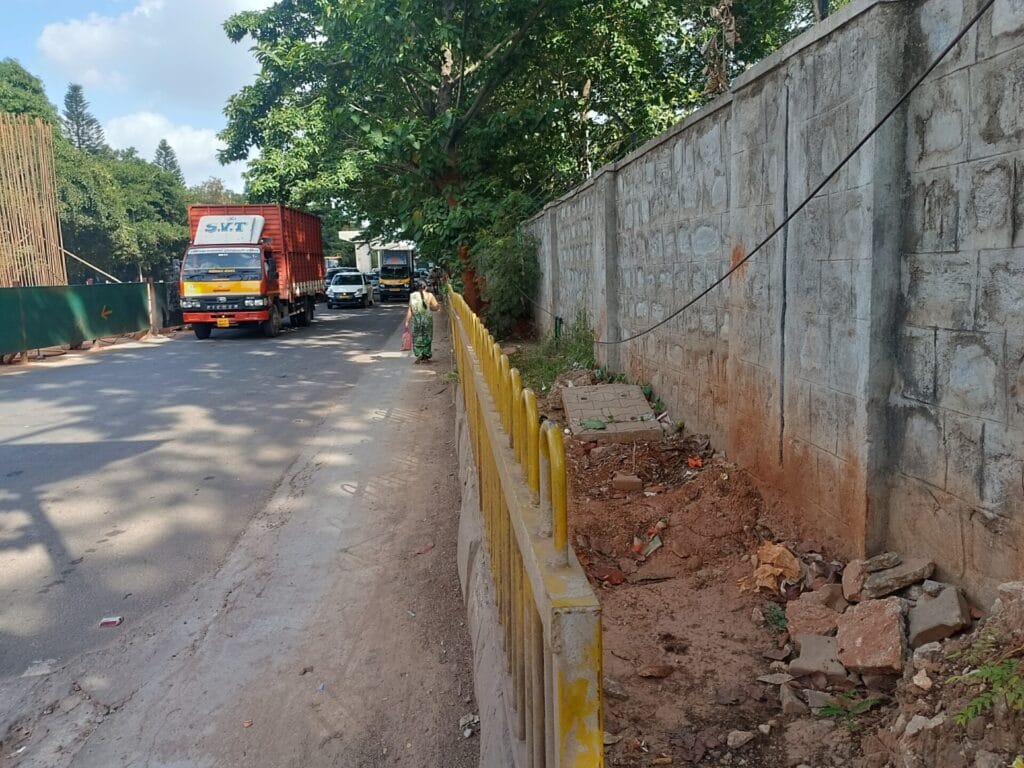
The challenge also comes from having to keep your eyes on the pavement for missing slabs, excreta, urine flowing from the wall, garbage, etc. but yet having to be aware of what may suddenly emerge from somewhere and cause you injury anywhere up to the face level.

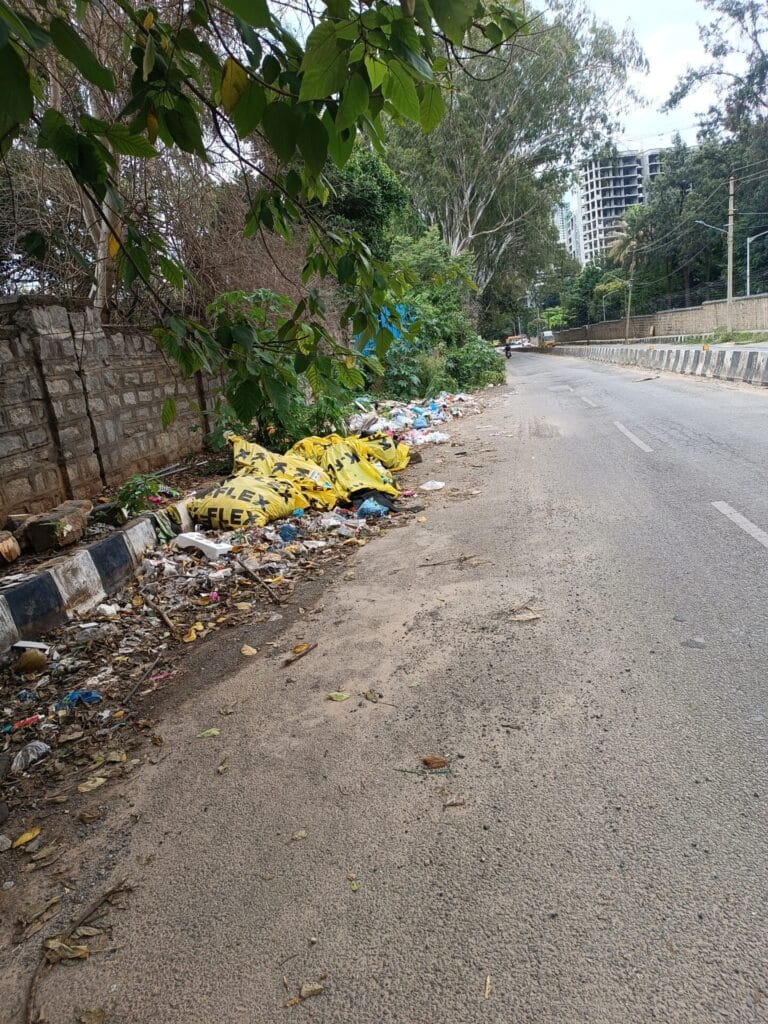
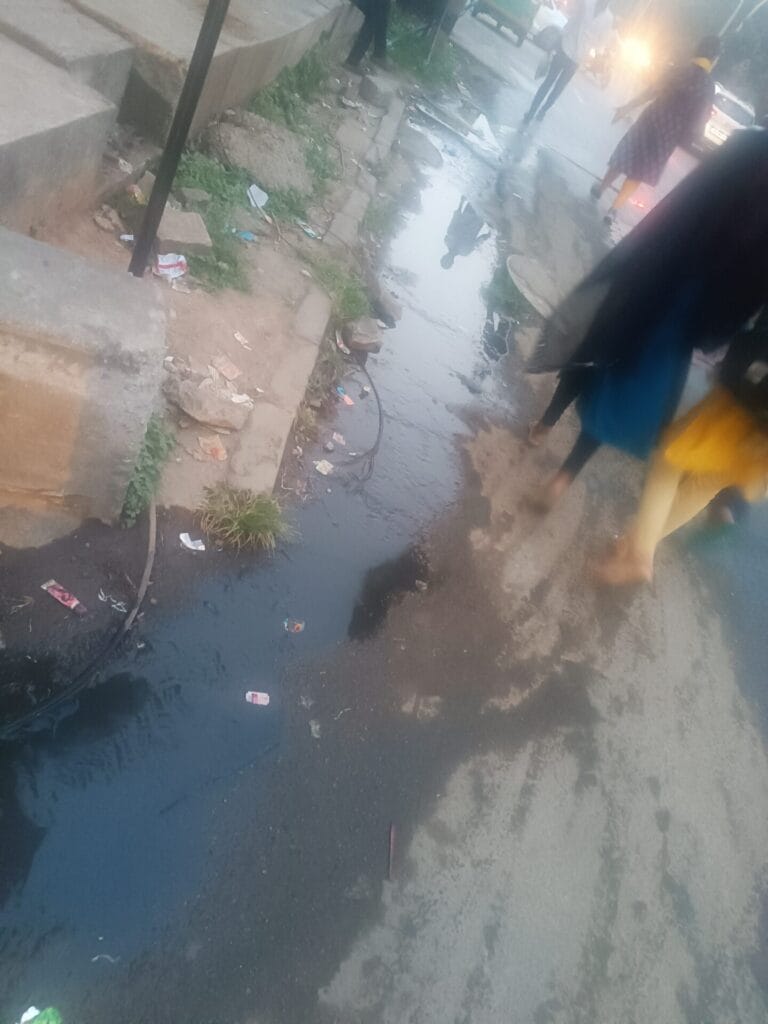
In Bengaluru, just about anybody can do anything to/on the pavement. If the pavement is wider, one must be alert to avoid a transformer or a tree or a vehicle parked there or a two wheeler riding on it.
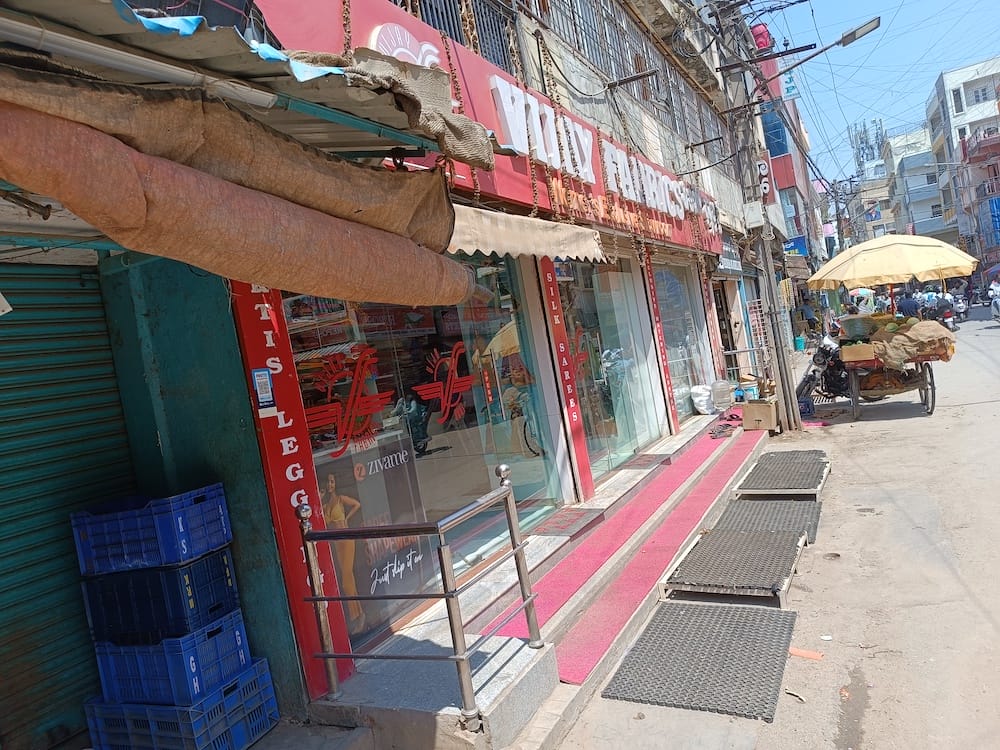
You will get anything on the footpath – a Sulabh Souchalaya, a food trolley with a sun-shield (even just near the entrance to a Souchalaya), a closed cobbler kiosk, a cigarette vendor, a dug up space etc. You can add anything to this scene I have presented and you won’t be wrong!

Many times I wish I had wheels instead of legs. So that I could roll along the road than walk on a footpath, even if the road has potholes and is littered with raised surfaces at intervals for crossing the road (but people will cross the road where they want to!). You may also encounter leaking underground water or sewage pipes, vehicles of all sizes and shapes that leap at you from any side. I was once knocked down by a cyclist riding in the wrong direction on St. Marks Road, just as I stepped down from the pavement to cross the road with an eye out for oncoming vehicles.
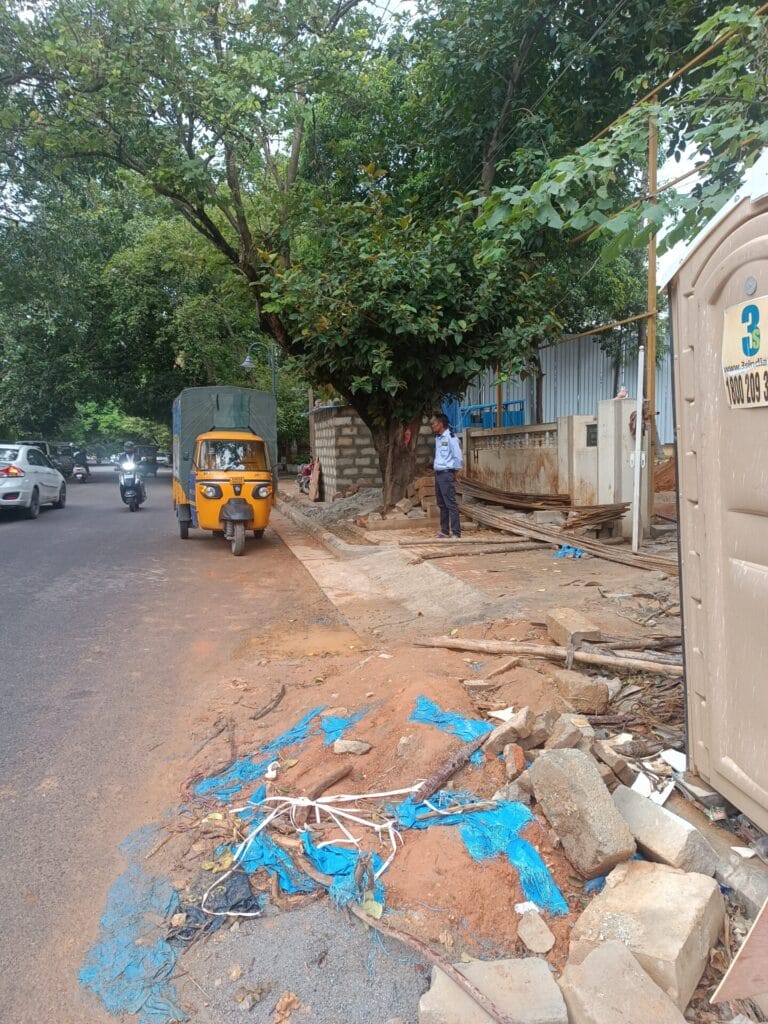
The slash on the back of my head as it hit the edge of the pavement, the helpful hands reaching for me, a vehicle crushing my spectacles that had fallen on the road, etc. are experiences I will never forget.
On the much touted as wonderful Church Street today, you will experience loose/removed tiles or gushing water, making walking uncomfortable if not unsafe!
Elsewhere, once when exasperated at two wheelers constantly interfering with my walk on the pavement, I accosted a rider and asked him to get off. He turned out to be a young, well-built, quite good looking guy, who pointed to the adjacent huge police complex and told me to come inside where “I will take care of you!” I quietly walked away, and let every two-wheeler have the right of the way on the pavement thereafter.
I am convinced it is better to walk on the road all the way – as it is the only surface that is somewhat level and allows best movement, especially if you have a shuffling gait on account of being an aged person. But of course you need luck on your side to reach your destination safe and sound. But you have to make the choice – pavement or road – essentially whether you will fall down and hurt yourself or let a vehicle do it for you.
Read more: The pedestrian is a nobody: Bengaluru’s footpath story
Now, buses
There are buses and buses. Lovely huge air-conditioned Volvos, the new electric “Switch” buses and the old Ashok Leyland and Tata Buses whose squeaky brakes announce that they are approaching, much before becoming visible. The Volvos provide comfortable and reasonably fast rides. Only, many times you wish the drivers are trained to use the powerful and sensitive brakes well. The Switch buses are new and by and large they are good at present.
The older buses could do with a lot of attention. The seats are so narrow, they had been manufactured in an era when an average guy was perhaps ill-fed or emaciated or slim and fit, but not big-built, huge or obese and spilling into the next seat on one side and the aisle on the other. If you are a standing passenger, you cannot see outside to check where you have reached, as either the glass windows are at low level or dirty or the glass panels have lost their transparency or are pasted with ads either inside or outside.
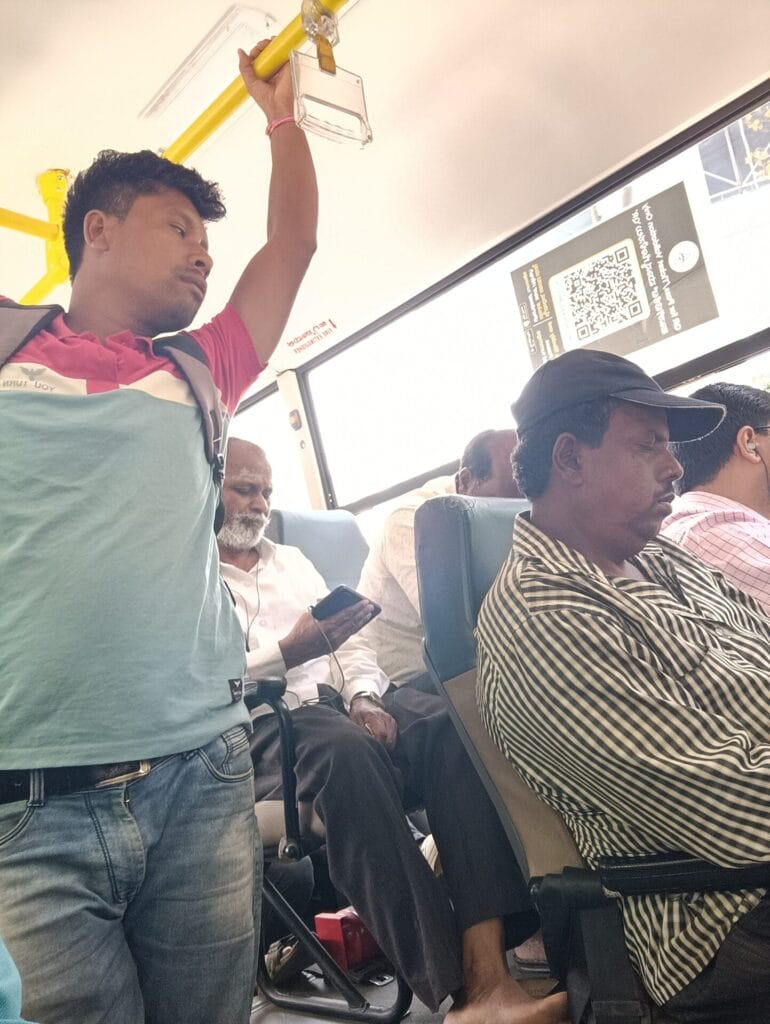
The drivers and the conductors display a range of behaviours – the most courteous to the most irritating. They are mostly nice, understanding towards the infirm, old and disabled. But they also are rude, skip stops; they oblige by stopping anywhere on a request from a deboarding passenger, etc. Regarding punctuality, they perhaps do not bother since the heavy traffic anyway takes away the possibility.
Many bus stops are at intersections of roads. And some stops are on the exact opposite sides of a narrow road, as if people would alight from one, cross the road and board the other back! This impedes movement of traffic.
Cabs, auto rickshaws
During the initial days of aggregators, they were a boon, as the driver-owners had been inveigled into believing they are proud entrepreneurs and were making a lot of money. But nowadays, they can be very badly behaved, especially during peak hours, when not only are the prices higher, you won’t find them easily. And when you do, they might not like your destination.
Auto drivers do misbehave even off peak times. They demand cash or UPI, and refuse to take you if you want to pay by OLA or UBER money. And with OLA, I find many times you are asked to pay say Rs 50-70 more at the end of the journey even though the route followed is as recommended by the app itself. If you are lucky to reach the OLA Customer Support you may get a refund of the excess you have paid.
I dislike the stray autos because they haggle. Despite everything having changed, for them nothing has changed. Autos can also show you the ‘underbellies’ of the city, taking the shortest routes exposing you to such bad bumpy roads that you will be cured of your indigestion.
While the Namma Yatri app claims that the fares are the actual metre fares, during peak hours their rates are also higher like with other aggregators. In any case, the aggregator auto fare is more than 1.5 times what it will cost me with my Honda Jazz Automatic petrol car with all its comfort.

What about the suburban rail, have you tried that? There is a station in Yelahanka. It’ll add a lot to this article to cover that too!